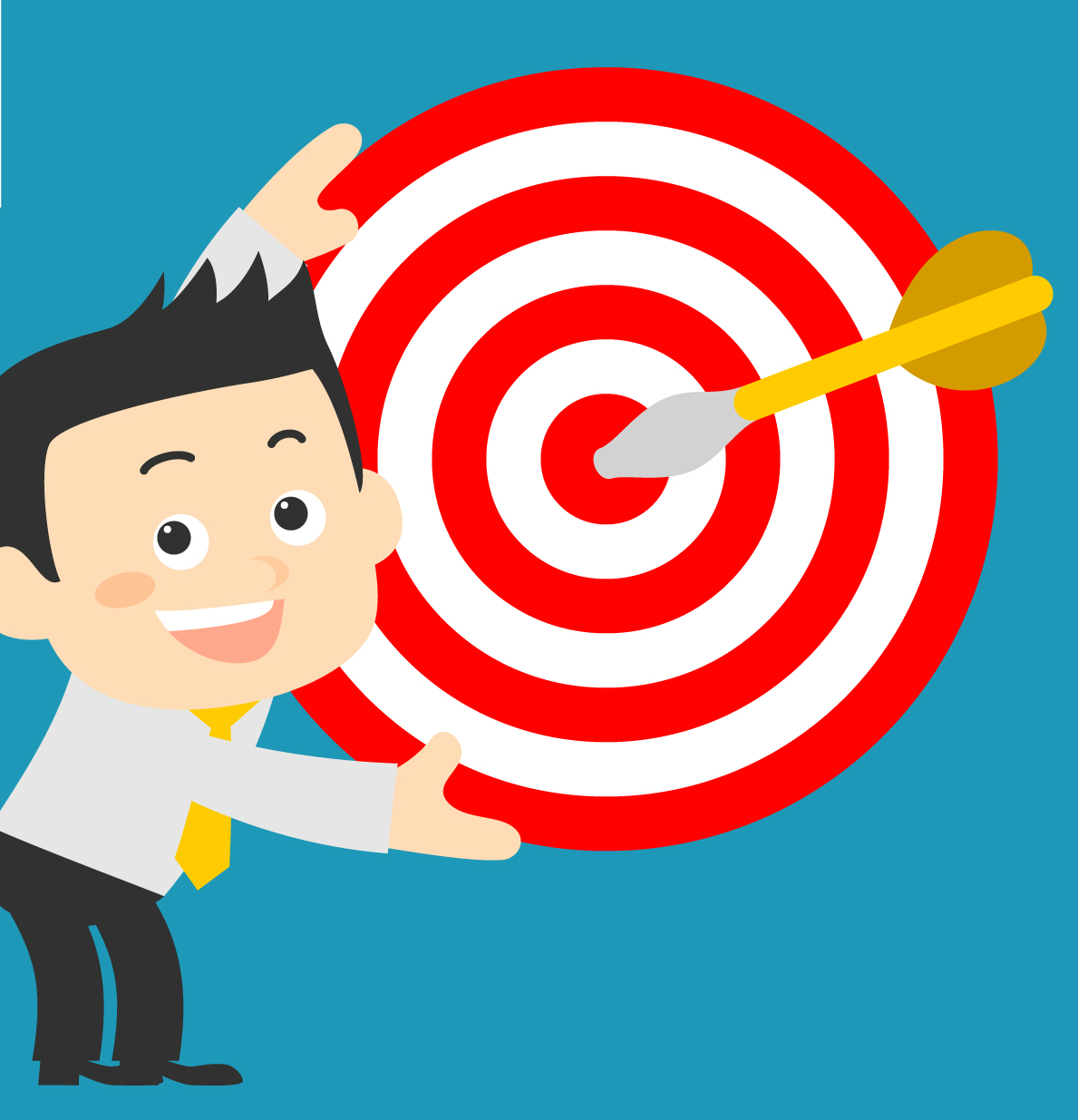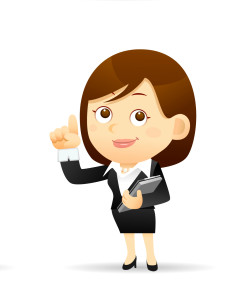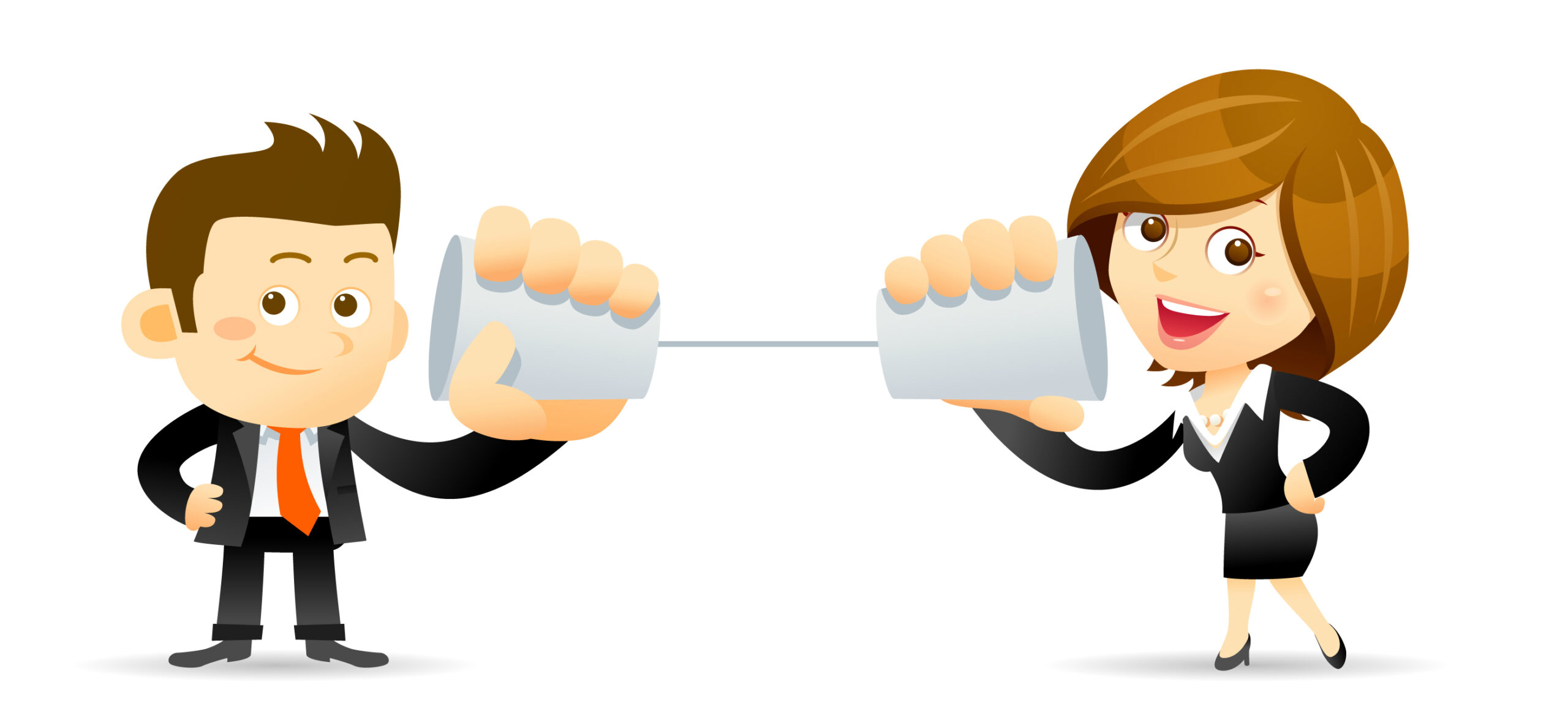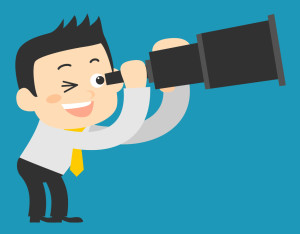10 Steps To Create a Fitness Marketing Campaign
By Sean Greeley
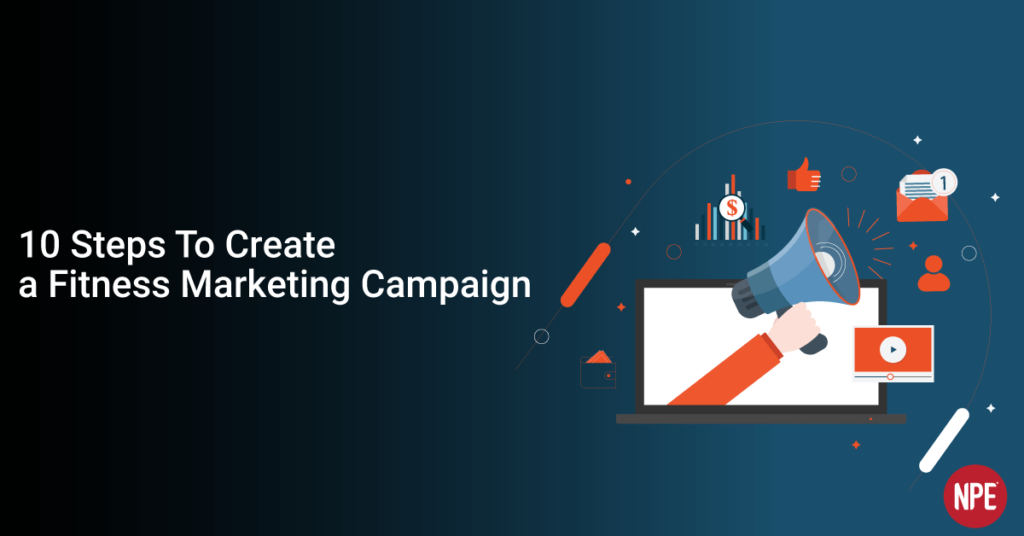
When first starting a fitness business, simple marketing actions drive growth.
If you’re good at what you do, people talk about you, and it doesn’t take much “marketing” to fill up your schedule.
But as your business grows beyond the 5-10k/month mark in revenue… and competition increases around you… better marketing strategy, messaging, and activity is required to grow your fitness business to the next level.
And until you learn how to put those pieces together… most fitness business owners struggle month after month… eventually backsliding and losing faith in themselves and their ability to continue on and succeed.
That’s a terrible fate for a business (and entrepreneur) to suffer when your services deliver great value to the world.
To continue growing, you’ve got to learn how to tell more people about who you are, why you’re different, and why they should choose you.
There are 10 steps we teach at NPE to produce a great sales and marketing campaign to scale up revenue in your business.
Master these and you’ll have the systems and tools to grow your business to 25-50k/month in revenue (and beyond).
1. GOALS
All good marketing campaigns must begin with a defined sales goal.
And good sales goals must be tied to revenue goals, not just new client numbers.
The point of marketing is NOT to generate leads – it’s to create qualified sales opportunities so you (or better yet your team!) can close more sales and drive revenue growth.
Set a revenue goal, then back that into a number of new clients needed goal based off your average transaction size.
REVENUE GOAL ÷ AVERAGE TRANSACTION SIZE = NEW CLIENT GOAL
Then based off your close rate (assuming you’ve been tracking and know it!), define a qualified sales opportunity target.
NEW CLIENT GOAL × ((1 – closing %) +1) =
QUALIFIED SALES OPPORTUNITY GOAL
THAT is the goal of your marketing efforts… deliver qualified sales opportunities to your sales process so you can close more sales and hit your revenue target.
Confused?
Don’t be. This is straightforward.
Re-read this section if needed until you get it right.
If you want to grow, you’ve got to know how to set goals properly.
It’s virtually impossible to lead yourself and your team to the next level if you don’t know where you are or where you’re going!
2. TARGET MARKET
After you’ve got a clear goal, it’s critical you know what it looks like.
You don’t just want to add new clients to your business.
You want to add the BEST new clients to your business!
And the best way to define the best clients is to profile the current ones you most love working with.
So, let’s dive into that now and review the questions you must answer…
WHO – Who is your best client? Are they male or female? How old are they within 10 years? What else defines them (moms, executives, athletes, etc.)?
WHERE – Where do they live or work? What city, town, or area are they located in?
WHY – What’s their emotional driver? What problem are they trying to solve? What goals do they want to achieve? Are they emotionally driven by the problem at the point they are seeking you out or are they goal driven?
Here are a few examples of well-defined target market descriptions:
“30–45 year old men and women who live or work in Fairfield County, who want to look & feel like an athlete again because they are tired of seeing themselves turn into the fat and out of shape adult they thought they would never become.”
“30-40 year old mothers who live in Wimbledon and want to lose 15–50+ pounds because they don’t want to be the frumpy woman at the party, and who are deathly afraid of going to a gym.”
“20–30 year old competitive athletes from the Sydney northern beaches area who are committed to maximizing their athletic potential and dominating their competition.”
Armed with a clear description of your target market, it’s time to get clear about how to differentiate your business from competitors.
To do that, you’ve got to craft a positioning statement.
3. POSITIONING STATEMENT
A positioning statement answers the questions:
- Why should someone choose you?
- How is your business different from other competitors in your marketplace?
- Why would a prospect be a fool to choose anyone else BUT you?
There are seven building blocks we teach that make up a good positioning statement. They are:
Your business name: What’s your business name?
Credibility booster(s): Have you won any awards? What recognition have you received? How many years have you been in business? How many clients has your business served? What media have you been featured in?
Service description: What type of services do you provide? What type of programs do you offer?
Unique program benefits: What benefits do clients achieve when they work with you?
Category: What category are you competing in? Are you competing against local gyms or health clubs, boot camps, personal training studios, other weight loss programs? If you’re going to carve out a space to be the best, you better get clear on what category that space is in!
Primary negative emotions around competitors: What do clients who have left your competitors say they hated about working with them?
Primary positive emotions around your company: What do your best clients say they most love most about working with you?
Here’s an example of what a positioning statement looks like when it’s all put together:
“Joe’s gym has been voted the ‘best place to workout’ in New York and is nationally recognized for providing results-oriented fitness experiences through expert coaching, support and accountability in a family-like environment you’ll love.
Unlike big box gyms that treat you like just a number on their books, our members love the individual attention and support they receive to help them reach their goals.”
4. OFFERS
Offers are powerful opportunities you give to your market to take the next step in your marketing and sales cycle.
And taking time to think about, create, and come up with NEW engaging offers has tremendous power to grow your business…quickly!
Too many businesses just use the same old lame offers they’ve been using forever.
Or they see an offer someone else is using, and copy it… even if it’s not appropriate for their target market.
Good offers have to appeal to YOUR specific target market and the problems they want to solve or the goals they want to achieve.
Both FREE and PAID offers work well (and a combination of the two are powerful).
Here are some great examples of each:
FREE offers: Case studies, guide/reports, cheat sheets/handouts, toolkit/resource list, free trial, workshop, assessment, consultations, quiz/survey, etc.
PAID offers: Trials (less than 30 days works best), workshops, assessments, complimentary products or services, product or service flip flop (if you’re selling a service, offer a product, or if you’re selling a product, offer a service).
Get your offer right and that’s a huge part of the marketing success equation.
5. MESSAGING
Got a good offer?
Great.
Now it’s time to move onto messaging.
Messaging starts with good headlines or subject lines, then body copy, and a call-to-action to redeem your offer.
Here are seven types of appeals you can use to craft winning headlines and subject lines.
Direct Benefit – People are always moving toward something they want, or away from something they don’t want. Speak to desires and fears directly!
Curiosity – Curiosity subject lines create an itch your prospects need to scratch. You tease a question, and to get the answer they must continue reading. This can be a powerful hook, but you must be careful not to overdo it.
Nothing is more frustrating than a blind hook that upon inspection doesn’t deliver real value to your reader.
Scarcity – Very often people take action when they’re afraid they might lose out on an opportunity by not responding. Scarcity gives a reason for someone to respond to your offer now and is best communicated with deadlines and limited spots available. Just make sure you give a good reason why for their justification so they carry weight.
News – There are always hot topics on fitness and nutrition going on in the news. And further engaging those topics in conversation, in a way that shares new information with your prospects, is a great way to get them engaged in what you are doing and how you can help them.
Social Proof – Too many fitness businesses get great results for their clients, and then don’t tell anybody about it! And marketing at its core is about giving great service and then telling others about how you’ve done it (and how you can help them too).
Story – Everyone has a story. And every one of your clients has a story. Find a way to tell it in an engaging way, and showcase how their story has been written to include a happy ending by working with you and your team.
Humanity – Connecting on a one-to-one level with your reader is important. Especially in a small local service business. Your community wants to know who you are and feel like they can know, like, and trust the person behind the company. So don’t ever forget to share your story (and a bit of your personal life) with them.
Once you’ve got some good messaging, it’s time to move into your lead generation strategies.
6. LEAD GENERATION STRATEGY
There are many strategies you can use for generating leads.
And within each strategy, there are a number of lead sources you can research and find to test.
Depending on your target, some strategies will be better suited to connect with your prospects than others.
But which ones?
Read on, learn, and test…
Advertising – Print advertising is (virtually- pun intended) dead. Digital marketing, online advertising is faster and cheaper to test than any other media. And in most cases, it’s scalable. Meaning when you’ve got it working right, you can “turn up the volume” quickly. Facebook Advertising, Google Adwords, and Retargeting are all great lead sources with huge amounts of traffic.
Networking/Partners – Advertising alone will not grow a company. You’ve got to have the endorsements and support of other great companies and leaders who serve your target market. Networking is a great way to meet other small business owners who can be a good partner for you. A good partner is A) a company that offers a product or service that compliments (but doesn’t compete with) your services B) has good quality clients or customers that meet the profile of your target market C) already markets and has a good relationship with their database.
Client Referrals – Word of mouth is not referral marketing strategy. That’s called hope. And hope is never a good strategy for business or war. Take care of the clients you serve, over deliver in the value you give to your clients, then educate and enroll them in your mission. Talk about who is a good referral, how they can refer, and recognize and reward them when they do.
Public Speaking – Public speaking is tremendously powerful for positioning and gaining recognition as an expert in your field. You can speak to existing groups that fit your target market or learn how to promote and fill your own events. Give great education that solves a big problem, capture contact information, and make a great offer to your audience.
What Else? – These are by no means the ONLY strategies you can use to grow your client base, but they are ones that are proven to do a whole lot of heavy lifting. But don’t feel like you’ve got to stop here – be creative and look for new ones to connect and engage the right prospective clients you want to serve 7.
7. FOLLOW UP AND CONVERSION
Most inexperienced marketers stop following up too soon.
They (incorrectly) think, “Hey if they wanted to work with me, they’d respond. They know where to find me!”
True, but that type of arrogance won’t allow you to grow your business beyond a small practice.
Here are the facts:
81% of sales happen after 8 or more touches.
Yet most business owners stop at 2.
Don’t do that!
Be relentless in your follow up communication.
I’ll share that in the last 90 days at NPE, 29.1% of our new clients had been on our list for more than 12 months.
And if we weren’t following up, that would mean there are 30% less business owners and entrepreneurs we couldn’t help grow their business to the next level!
If you believe in what you do, have a strong purpose and mission you’re committed to… then get committed to more follow up.
Here are some quick tips for improving your results:
- Don’t rely on email alone – please pick up the phone and call your prospects!
- Add a text or SMS message or two to your follow up process. For some people, this is the quickest way for them to get back to you when their life is hectic and busy.
- Send a weekly email newsletter, engage prospects in your social media, and continue to make different offers to your prospects every so often until they eventually move forward or remove themselves from your list.
Just because someone doesn’t move forward in working with you right now, don’t stop following up with them.
Your prospects need you to continue believing in them… even when they don’t believe in themselves!
8. IMPLEMENT AND EXECUTE
Good campaigns don’t launch themselves.
You’ve got to put things together and kick them off.
There are lots of tasks to organize, manage, and complete.
Then there’s testing to ensure all the parts and pieces of a campaign are working correctly.
It takes a significant amount of effort and energy to get from the idea stage to execution.
But hey, if it was easy… everyone would be doing it.
That’s why growing a company to a Stage 4 and Stage 5 business is only for those who are the most committed to their success!
9. TRACK YOUR RESULTS
Numbers are everything.
And in marketing there are a lot of numbers to watch!
Key metrics you must be watching include:
- The numbers of visitors to your website
- Landing page conversion
- Number of opt-ins or sales
- Qualified sales opportunities
- Consultations completed
- Closing ratio
- Average transaction size
- Actual revenue vs. your goal
Of course there are more you can be watching, but those are the major ones as you move into growing a Stage 4 and Stage 5 business.
10. REFINE AND OPTIMIZE
Not getting the results you need? Go back and adjust #2-7 as needed.
On track with your goal?
Great!
Keep going and exceed it!
Marketing never stops.
Just like anything you want to develop in your life, consistency is required in your behavior and activity in order to create a new world (in this case a business that is growing to the next level!).
Summary
If you’ve worked hard to grow your business to the 5k/month mark in revenue already, then you’ve worked through the tough start-up phase of getting it off the ground.
Don’t get stuck.
And don’t lose hope that you can continue growing.
You can when you learn the 10 steps shared in this article and consistently apply them.
Great sales and marketing campaigns can scale your revenue quickly… and fund the investments required in working on all the other parts of a growing business (which will mainly include people and systems).



